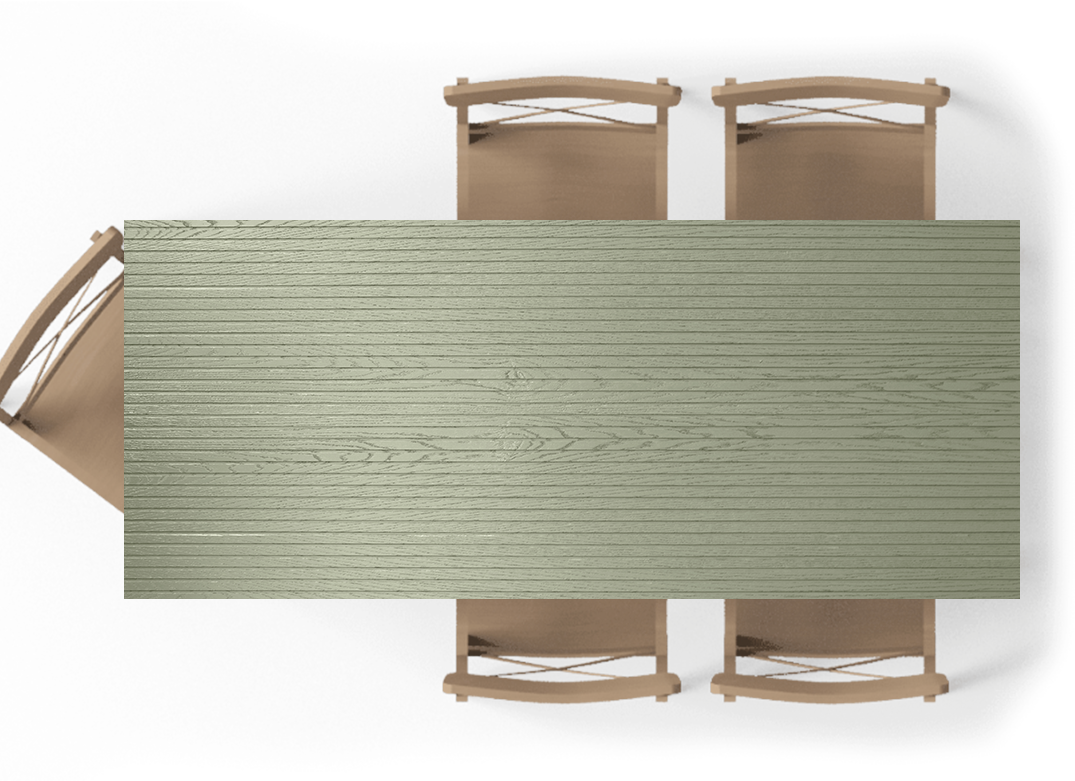
Introduction to Fluted Panels
Fluted panels have become a go-to choice for homeowners and interior designers aiming to add depth, elegance, and modern charm to any living space. These decorative wall solutions consist of vertically grooved patterns that bring both tactile and visual interest to plain surfaces.
Historically, fluting began in architecture, particularly in Greek columns. Today, this timeless motif has evolved into sleek wall panels used in residential and commercial interiors alike.
Benefits of Using Fluted Wall Panels
Aesthetic Appeal
Fluted wall panels offer instant architectural interest. Their repetitive linear design adds sophistication and can make ceilings appear taller, rooms feel cozier, or focal points stand out.
Acoustic Properties
Besides their good looks, these panels also enhance sound quality by diffusing echo and noise, perfect for media rooms or open-concept spaces.
Durability and Maintenance
Made from robust materials like MDF, wood, or PVC, fluted panels are built to last. They resist minor impacts and require minimal upkeep, making them ideal for high-traffic areas.
Types of Fluted Panels
Wooden Fluted Panels
Natural wood offers warmth and an organic feel, making wooden fluted panels perfect for homes that lean toward classic or rustic design.
PVC and Composite Panels
If you’re seeking moisture resistance and affordability, PVC fluted panels are your best bet. Composite versions combine materials like wood fibers and plastic for enhanced versatility.
Natural Stone Panels
For a luxurious touch, marble or slate fluted panels bring timeless grandeur, though they are heavier and more expensive.
Understanding Fluted Wood Panels
Common Wood Species Used
Fluted wood panels often use oak, walnut, teak, and ash—each offering unique tones and grain patterns.
Grain and Texture Variations
Depending on the species and finish, you can achieve smooth elegance or rustic character. Matte finishes emphasize natural grain, while gloss adds drama.
Ideal Rooms for Fluted Wall Panels
Fluted panels can transform almost any room:
-
Living Rooms: Serve as stylish backdrops for TVs or fireplaces.
-
Bedrooms: Add warmth behind the headboard.
-
Bathrooms: Moisture-resistant types make great vanity wall features.
-
Kitchens: Accentuate islands or breakfast nooks.
-
Hallways: Give narrow areas a sense of dimension.
Matching Fluted Panels With Interior Styles
-
Modern Minimalism: Use sleek black or white fluted wood panels.
-
Classic Interiors: Opt for walnut tones with rich stains.
-
Rustic and Natural Themes: Go for unfinished or raw wooden fluted panels.
Key Considerations Before Buying
Room Size and Lighting
Darker panels in small rooms can feel oppressive. Use lighter tones and vertical flutes to open up the space.
Wall Condition
Ensure your walls are flat and free of moisture before applying panels. Irregularities can show through.
Panel Dimensions
Fluted panels come in various widths and depths. Choose slimmer grooves for smaller spaces and broader ones for larger walls.
Surface Finishes and Coatings
You can choose from:
-
Matte: Subtle and modern
-
Gloss: Reflective and bold
-
Painted: Customize any hue
-
Natural Look: Clear-coated wood grain
Installation Techniques
DIY vs Professional
With the right tools—nail guns, adhesive, saws—DIY installation is possible. However, for a seamless look, especially with natural wood or stone, hire professionals.
Wall Preparation
Always clean and level the surface. Mark lines for alignment before fixing panels.
Customizing Your Fluted Panel Design
Customization is a major reason why homeowners love these panels. Options include:
-
Color Selections: Neutrals like white and beige are timeless, while navy or forest green add bold contrast.
-
Groove Width and Depth: Narrow flutes create elegance; wider ones feel more contemporary.
-
Pattern Play: Combine vertical and diagonal orientations for modern flair.
Mixing textures (e.g., matte with gloss or natural wood with painted finishes) enhances dimensional appeal.
Sustainable and Eco-Friendly Choices
If you’re eco-conscious, opt for:
-
Recycled MDF or panels with FSC (Forest Stewardship Council) certification
-
Low-VOC Paints and Finishes to Reduce Indoor Air Pollution
-
Long-lasting Materials that minimize waste over time
These not only help the environment but also add value to your home by aligning with green building standards.
Frequently Asked Questions
1. Can fluted panels be used in bathrooms?
Yes, but opt for water-resistant materials like PVC or treated wood.
2. Are fluted panels hard to maintain?
Not at all—regular dusting and occasional wiping with a damp cloth are enough.
3. Can I paint fluted wall panels?
Absolutely! Choose a high-adhesion primer and paint suitable for your panel material.
4. Do fluted panels help with soundproofing?
They can absorb sound and reduce echo, especially when paired with insulation.
5. Are fluted panels safe for homes with kids?
Yes, they’re safe and often more forgiving of dents or scratches compared to plain painted walls.
6. How long do fluted wood panels last?
With proper care, wooden fluted panels can last 10–20 years or more.
Conclusion
Choosing the right fluted panels for your home involves more than just picking a style—it’s about understanding materials, room suitability, installation, and maintenance. Whether you opt for wooden fluted panels, durable PVC, or high-end stone, each type adds its own charm and character.
Be sure to measure carefully, match your décor, and consider sustainability for a timeless look that’s both beautiful and responsible. With the right selection, fluted wood panels can truly elevate your living spaces.